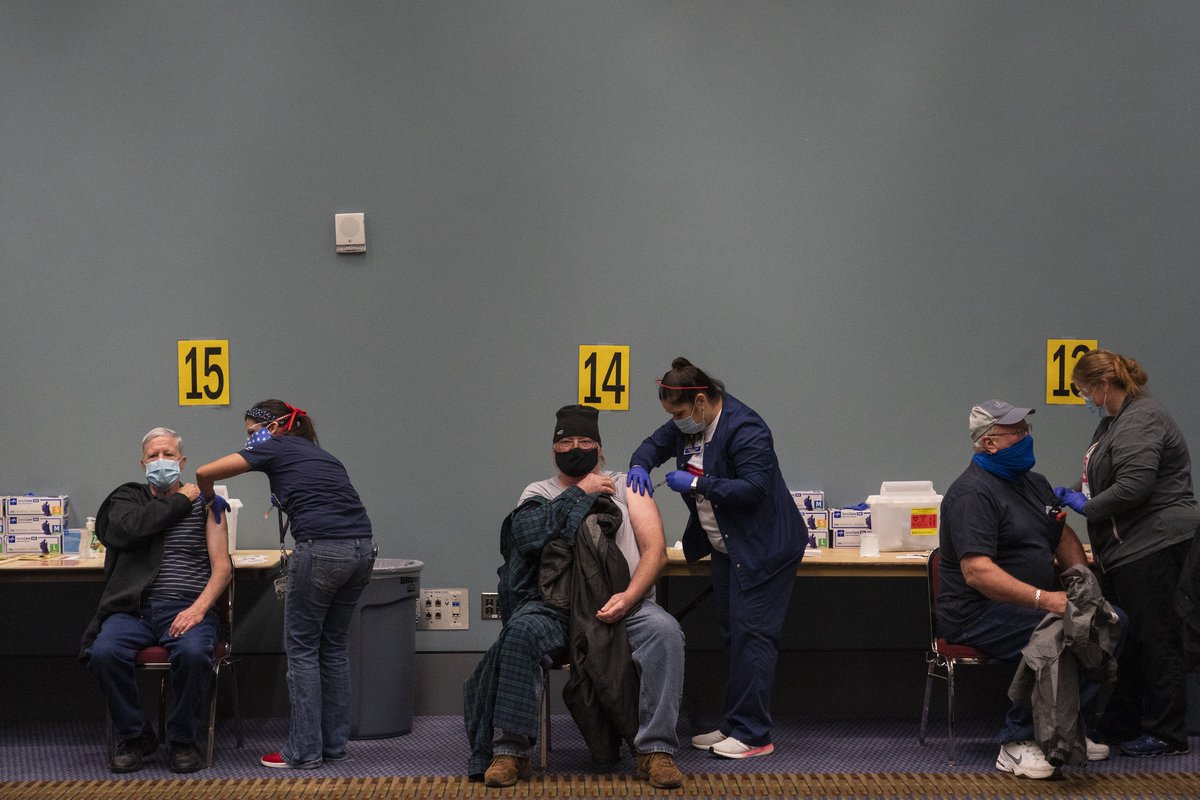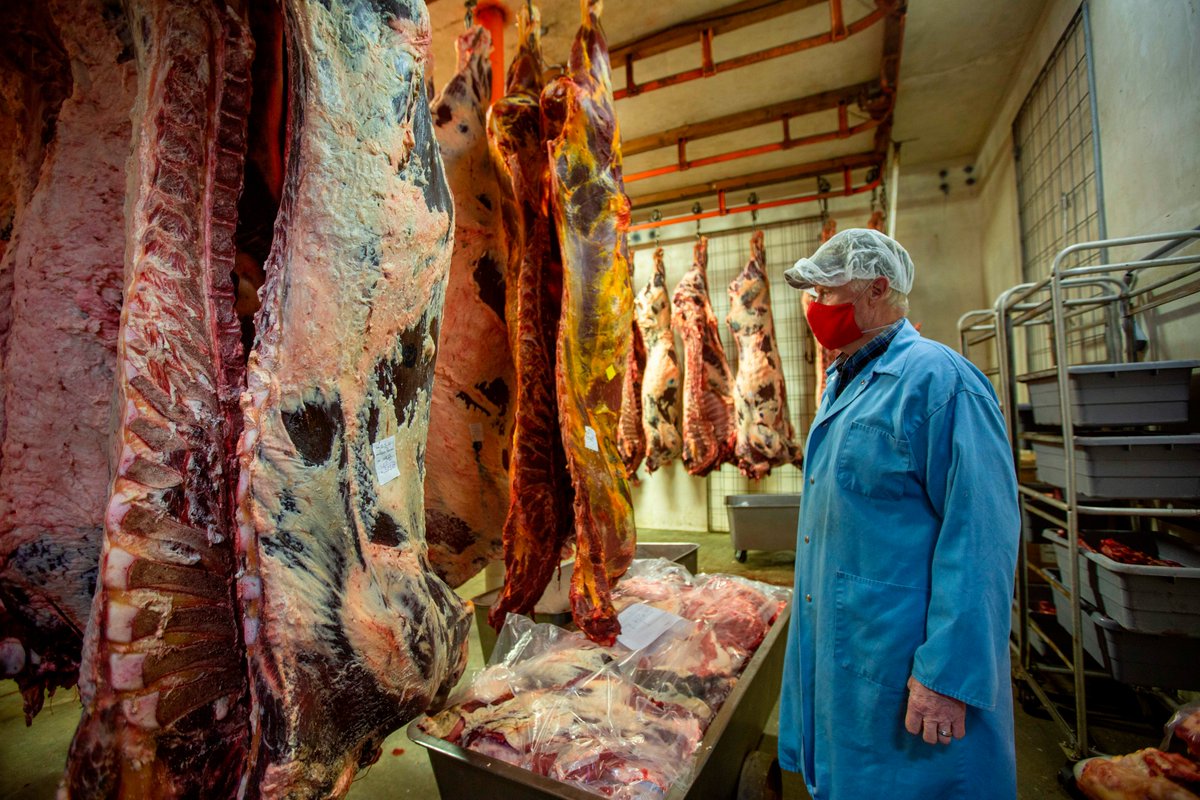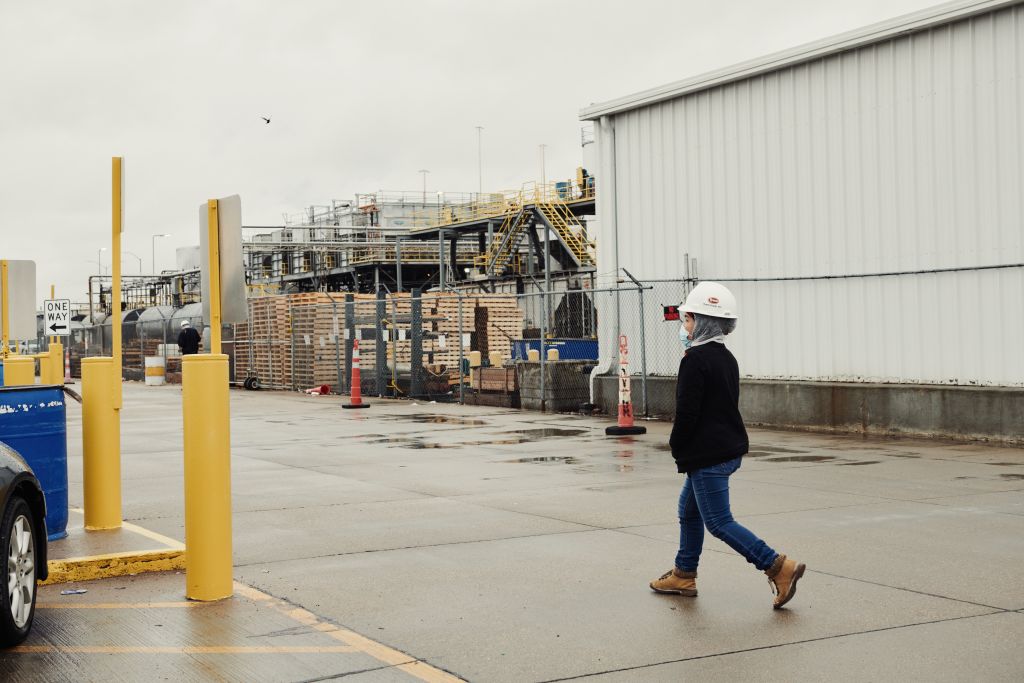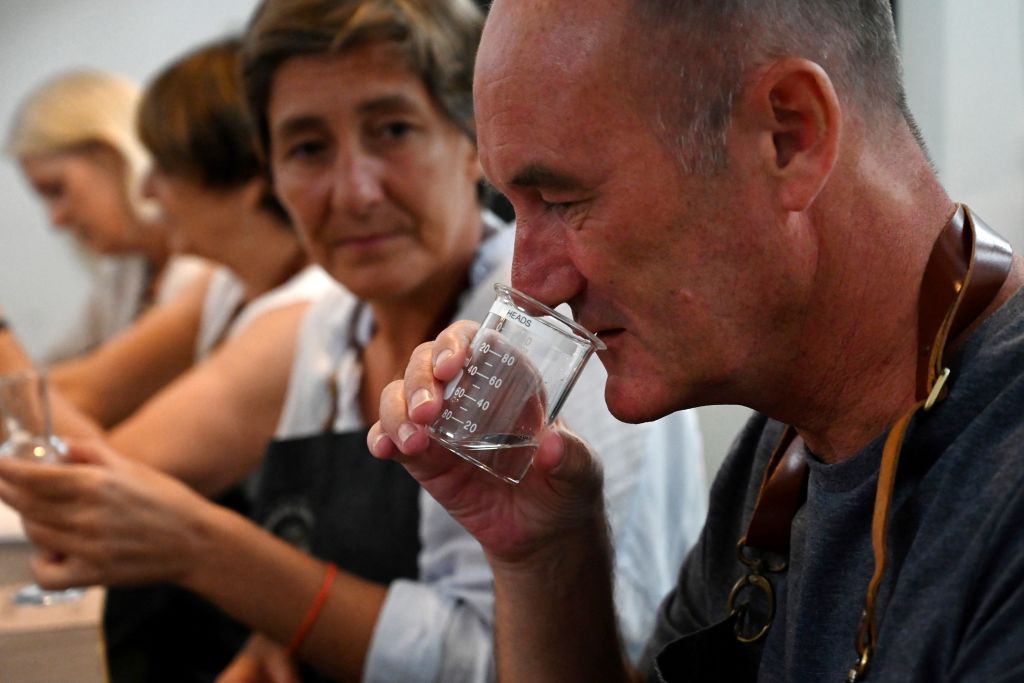
Governments don’t always consider how economic shocks impact women and men differently.
When the 2008 recession hit, few asked how stimulus measures would affect women compared with men. That approach won’t work for the Covid-19 crisis trib.al/Zk3P4ng
When the 2008 recession hit, few asked how stimulus measures would affect women compared with men. That approach won’t work for the Covid-19 crisis trib.al/Zk3P4ng
Latin American women were 50% more likely than men to lose a job in the pandemic’s first months.
As leaders face the challenge of rebuilding post-pandemic economies, women must be at the center of their strategies, write @melindagates and @DavidMalpassWBG trib.al/Zk3P4ng
As leaders face the challenge of rebuilding post-pandemic economies, women must be at the center of their strategies, write @melindagates and @DavidMalpassWBG trib.al/Zk3P4ng

Women tend to be heavily employed in vulnerable sectors such as:
🛍️Retail
🍽️Restaurants
🛎️Hospitality
They also often work in informal jobs that lack paid sick leave or unemployment insurance. When jobs disappear, women have no safety net to fall back on trib.al/Zk3P4ng
🛍️Retail
🍽️Restaurants
🛎️Hospitality
They also often work in informal jobs that lack paid sick leave or unemployment insurance. When jobs disappear, women have no safety net to fall back on trib.al/Zk3P4ng

Because economically marginalized women are less likely to have formal identification or own a phone, they’re often invisible to governments.
Countries should accelerate the digitization of government IDs, payment platforms and other critical services trib.al/Zk3P4ng
Countries should accelerate the digitization of government IDs, payment platforms and other critical services trib.al/Zk3P4ng
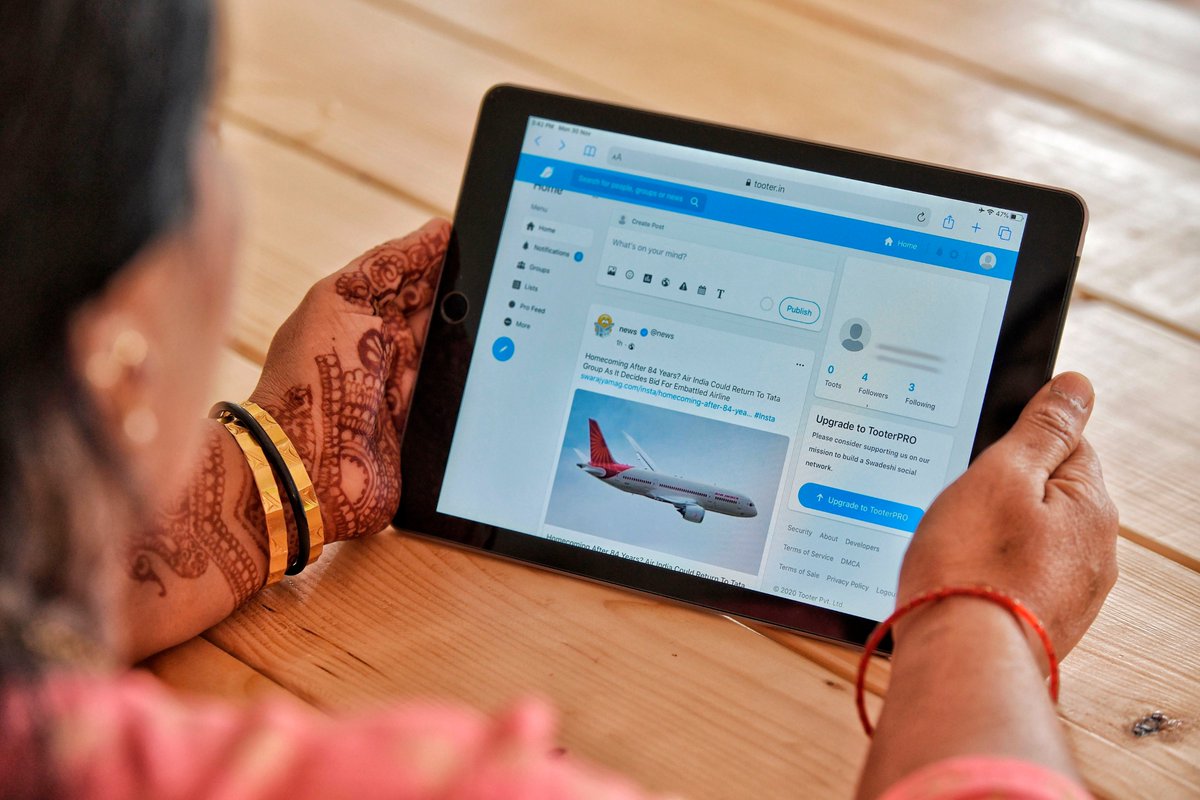
While over 200 countries have developed social-protection measures in response to Covid-19, many have struggled to deliver aid to informal workers.
Advanced digital systems can help identify women in need so they can receive cash quickly and securely trib.al/Zk3P4ng
Advanced digital systems can help identify women in need so they can receive cash quickly and securely trib.al/Zk3P4ng

Direct cash transfers targeted to women in these countries have already offered millions of women safer access to and increased control over funds:
🇮🇩Indonesia
🇳🇬Nigeria
🇿🇲Zambia
🇮🇳India
trib.al/Zk3P4ng
🇮🇩Indonesia
🇳🇬Nigeria
🇿🇲Zambia
🇮🇳India
trib.al/Zk3P4ng

In economies with the strictest pandemic lockdowns, women-owned companies were 10 percentage points more likely to close than those owned by men.
Closing gender gaps in entrepreneurship would help reduce poverty, create jobs, and spur innovation trib.al/Zk3P4ng
Closing gender gaps in entrepreneurship would help reduce poverty, create jobs, and spur innovation trib.al/Zk3P4ng

Employees, too, require multiple forms of support by the public and private sectors:
🚌Safe public transport
🚫Anti-discrimination laws
👩👦Family-leave policies
🍼Quality childcare
trib.al/Zk3P4ng
🚌Safe public transport
🚫Anti-discrimination laws
👩👦Family-leave policies
🍼Quality childcare
trib.al/Zk3P4ng

📝Governments also must commit to ensuring a strong education for girls.
Even before the pandemic, the world faced a learning crisis: Over 50% of 10-year-olds in schools across low- and middle-income countries could not read and understand a basic text trib.al/Zk3P4ng
Even before the pandemic, the world faced a learning crisis: Over 50% of 10-year-olds in schools across low- and middle-income countries could not read and understand a basic text trib.al/Zk3P4ng

The pandemic has made things worse.
Globally, more than 800 million students remain out of school and many poor students have no access to remote tools. In sub-Saharan Africa, as many as 45% of children are disconnected trib.al/Zk3P4ng
Globally, more than 800 million students remain out of school and many poor students have no access to remote tools. In sub-Saharan Africa, as many as 45% of children are disconnected trib.al/Zk3P4ng

Girls face additional challenges to remote learning.
If there is only one phone per household, for example, it is likely to be used by boys rather than girls, while a heavier burden of domestic work prohibits access to instruction for many girls trib.al/Zk3P4ng
If there is only one phone per household, for example, it is likely to be used by boys rather than girls, while a heavier burden of domestic work prohibits access to instruction for many girls trib.al/Zk3P4ng

As students return to school, countries need to ensure that both girls and boys reengage with the learning process.
That will require investing in hybrid schemes that mix remote and in-person learning trib.al/Zk3P4ng
That will require investing in hybrid schemes that mix remote and in-person learning trib.al/Zk3P4ng

With the right policies, countries can rebuild stronger and more inclusively.
As countries respond to the biggest challenge of our generation, they should view women as central builders of a stronger, post-Covid world trib.al/Zk3P4ng
As countries respond to the biggest challenge of our generation, they should view women as central builders of a stronger, post-Covid world trib.al/Zk3P4ng

• • •
Missing some Tweet in this thread? You can try to
force a refresh






